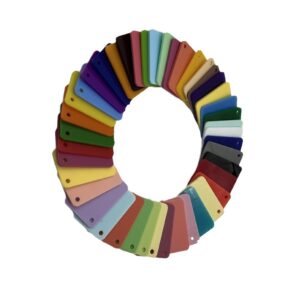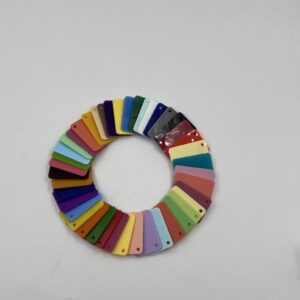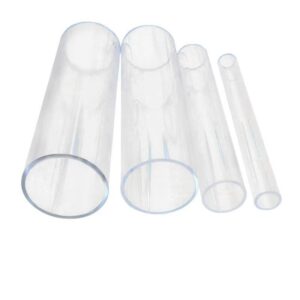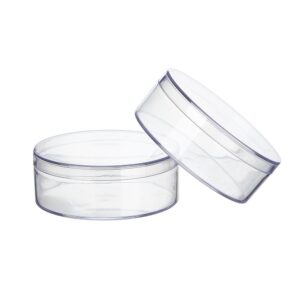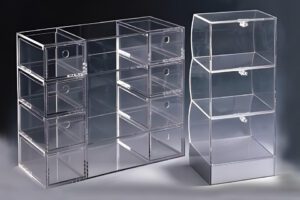Plexiglass vs. Acrylic: Understanding the Distinction
Plexiglass and acrylic are terms often used interchangeably to refer to a synthetic polymer known as polymethyl methacrylate (PMMA), a transparent thermoplastic known for its durability, lightweight nature, and optical clarity. Despite being essentially the same material, the term “Plexiglass” is a registered trademark commonly associated with cast acrylic, while “acrylic” refers to a broader category that includes various forms and manufacturing methods. Understanding the differences between these two can be critical for consumers, architects, and designers who require specific qualities for applications ranging from signage to protective barriers and furniture design.
Table of Contents
The distinction between Plexiglass and acrylic is significant, particularly in terms of their manufacturing processes and properties. For instance, cast acrylic, often sold as Plexiglass, is produced through a more labor-intensive casting process that yields a higher quality product with superior optical clarity and impact resistance compared to extruded acrylic. Additionally, the aesthetic versatility of acrylic allows for diverse applications, making it a preferred material in various industries, including architecture, automotive, and healthcare. As a result, both Plexiglass and acrylic have gained popularity, especially during the COVID-19 pandemic, where they became essential for protective barriers in public spaces.
Notably, the environmental impact of acrylic production has sparked controversies, particularly concerning its energy-intensive manufacturing processes and contribution to plastic pollution. Critics highlight the material’s non-biodegradability and the release of microplastics during its lifecycle, raising concerns about its long-term effects on ecosystems. In response, the acrylic industry is exploring sustainable practices and recycling technologies to mitigate these environmental challenges.
In summary, while Plexiglass and acrylic refer to the same basic material, their distinctions are crucial for informed decision-making in various applications. The ongoing discussions surrounding their environmental implications also underscore the importance of sustainability in the use of acrylic materials.
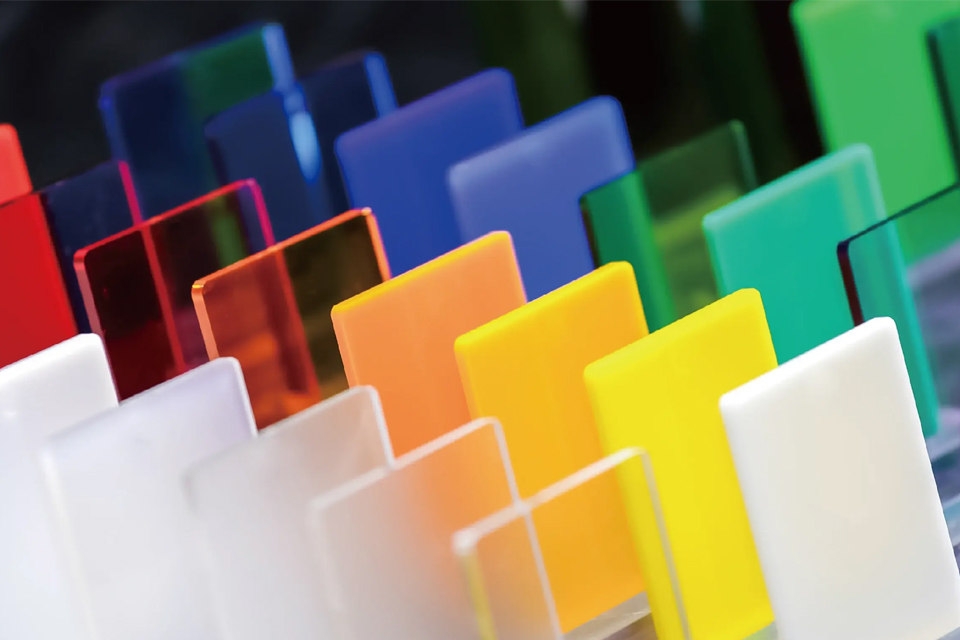
Historical Background
Plexiglass, also known as acrylic, was invented in the early 1900s and quickly gained recognition for its unique properties as a durable and lightweight alternative to glass. The material is composed of polymethyl methacrylate (PMMA), a thermoplastic that exhibits excellent transparency and impact resistance. Plexiglass experienced significant demand during World War II, when it was utilized extensively for military applications such as aircraft canopies and vehicle windows due to its ability to withstand harsh conditions while providing clear visibility.
After the war, the material continued to evolve and find new applications in various industries. Its aesthetic appeal made it popular in the design and decoration of homes, particularly during the Hollywood Regency era, where it symbolized wealth and a futuristic aesthetic among the elite. Additionally, the rise of plexiglass as a common material was further cemented during the COVID-19 pandemic, when it became an essential component in safety protocols, such as barriers in restaurants and grocery stores.
Throughout its history, plexiglass has been recognized not only for its functional benefits but also for its versatility in design, allowing for customization in furniture, signage, and artistic applications. Today, it stands as a significant player in both commercial and residential construction, appreciated for its combination of durability, optical clarity, and ease of processing.
Composition and Properties
Acrylic, also known as polymethyl methacrylate (PMMA), is a synthetic resin com- posed primarily of methyl methacrylate. Its structure allows it to be manufactured in various forms, most notably as Plexiglass, which is a trade name for cast acrylic. The production process involves polymerization of the monomer, resulting in a clear, durable material that possesses several advantageous properties.
Characteristics of Acrylic
Strength and Durability
One of the standout features of acrylic is its impressive strength; it is approximately 17 times more impact-resistant than standard glass. This makes it a preferable option in applications where safety and durability are paramount, as it can withstand significant wear and tear without compromising its visual appeal.
Clarity and Light Transmission
Acrylic is renowned for its optical clarity, allowing about 92% of light to pass through, which is superior to traditional glass. This high level of transparency makes acrylic ideal for various applications, including signage, display cases, and windows, where visibility is essential.
Flexibility and Malleability
The material’s flexibility is another key property; when heated, acrylic becomes pliable and can be easily molded into different shapes. This malleability is beneficial for designers and manufacturers who require a versatile material for products ranging from custom signage to intricate aquarium designs.
UV Resistance and Weatherability
Acrylic exhibits notable resistance to UV light and weathering, which helps maintain its appearance and structural integrity over time. This characteristic makes it suitable for outdoor applications, as it is less likely to yellow or degrade when exposed to sunlight compared to other plastics.
Manufacturing Methods
Acrylic can be produced using various manufacturing techniques, each yielding distinct characteristics.
Cell Cast Acrylic
This method involves pouring melted PMMA resin between two plates of glass. It results in the least amount of expansion and contraction, providing a high-quality finish with better thickness tolerance. Cell cast acrylic is often utilized in high-end fabrication and products like aquariums.
Continuous Cast Acrylic
In this technique, melted PMMA resin is poured between two polished stainless steel belts, producing sheets with excellent material consistency and dimensional stability. This method allows for the creation of larger sheets, making it suitable for applications such as skylights and large displays.
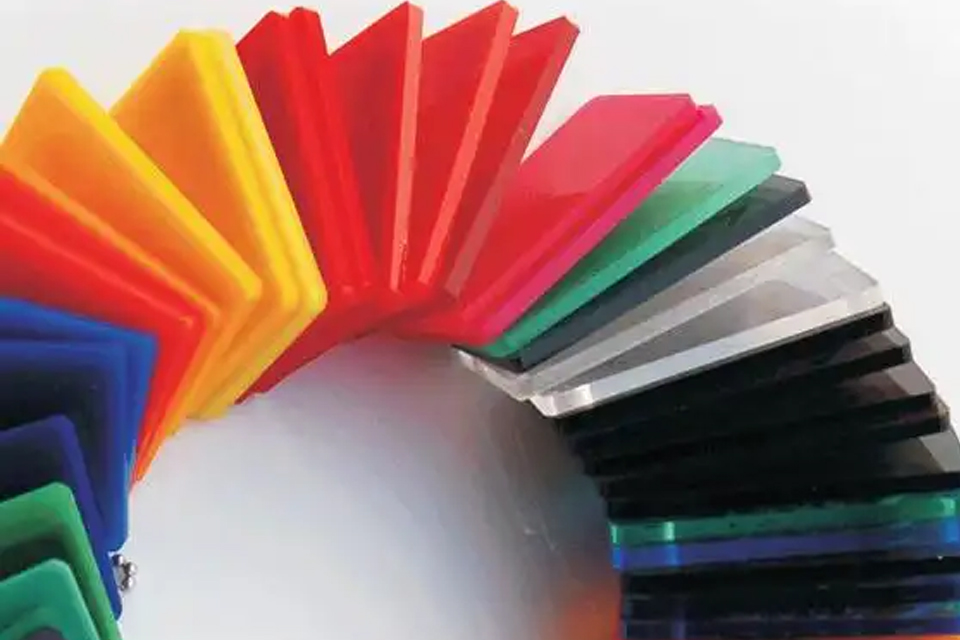
Manufacturing Process
The manufacturing process for both plexiglass and acrylic involve several key techniques and considerations that influence the quality and characteristics of the final product.
Raw Material Composition
Plexiglass is derived from petroleum-based raw materials and is produced through a polymerization process involving methyl methacrylate monomers. This polymerization requires initiators, catalysts, and heat to facilitate the reaction, resulting in long chains of polymethyl methacrylate (PMMA), which are then shaped into sheets or molded into various forms. Typically, it takes about two kilograms of petroleum feedstock to create one kilogram of PMMA.
Manufacturing Techniques
There are two primary methods for manufacturing acrylic products: extrusion and casting.
Extrusion
Extrusion is a continuous manufacturing process in which the acrylic is heated until it becomes a superhot liquid and then forced through a nozzle. As it cools, it becomes rigid. However, the properties of extruded acrylic can be heterogeneous, leading to variations in quality based on the direction of extrusion. Extruded acrylic is generally softer than cast acrylic, making it more susceptible to scratches and surface contaminants.
Casting
Casting involves pouring the heated acrylic into a mold. This method is more labor-in- tensive and expensive but results in a more homogeneous product that is generally stronger and more durable than extruded acrylic. Cast acrylic is also better suited for applications requiring precise fabrication, such as laser cutting, and is less likely to bend, chip, or melt during processing. The casting process occurs in a closed environment, which minimizes the risk of contaminants being trapped within the material.
Continuous Casting
Another variation is continuous casting, where a sheet of acrylic is continuously extruded and air-cooled, allowing manufacturers to produce sheets of desired lengths without interruption. This method maintains many of the beneficial properties of cast acrylic while allowing for greater efficiency in production.
Health and Safety Considerations
During the manufacturing process, there are potential health risks associated with the inhalation of plexiglass dust or fumes, which can lead to respiratory issues. Long-term exposure may result in more serious respiratory disorders. Therefore, manufacturers must implement safety measures to protect workers and ensure proper ventilation during production and fabrication processes.
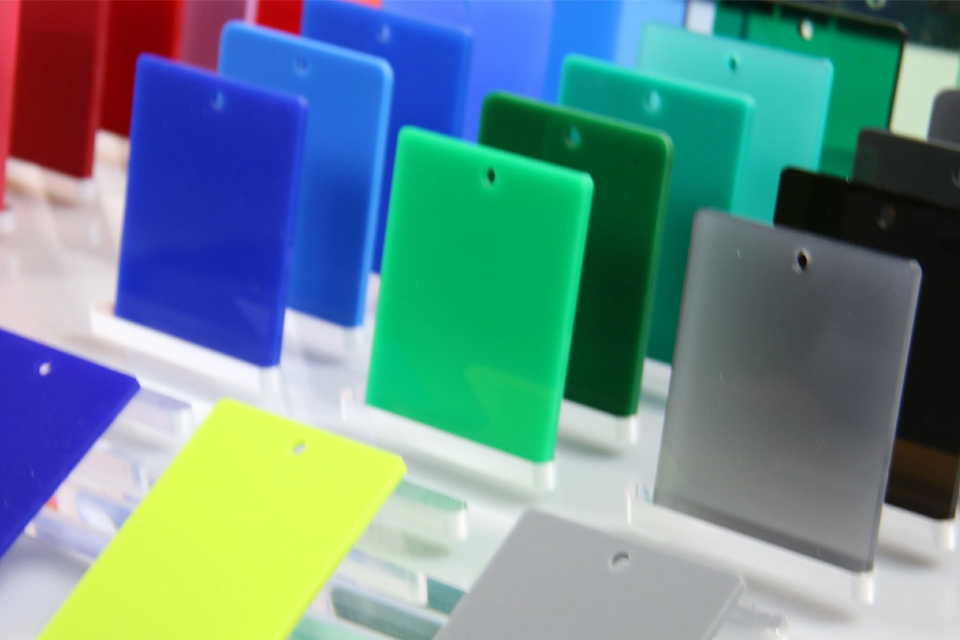
Applications
Plexiglass, also known as acrylic or acrylic glass, is utilized in a myriad of applications due to its unique properties, such as clarity, durability, and versatility. This thermo- plastic material is particularly favored for high-performance applications that require customization and resilience against environmental factors.
Signage and Displays
One of the most common applications of plexiglass is in signage and displays. Its transparency and ease of shaping make it an ideal choice for creating vibrant and eye-catching signs for both indoor and outdoor use. The ability to be tinted, textured, and printed upon further expands the design options available for businesses looking to create unique branding experiences.
Architectural Uses
In architecture, plexiglass is employed for various purposes, including glass roofing and façade design. It is ideal for skylights, allowing natural light to penetrate spaces that might otherwise be dim. Its lightweight nature and weather resistance make it a practical alternative to traditional glass in outdoor applications such as roofing panels and protective barriers.
Furniture and Interior Design
Plexiglass has gained popularity in modern furniture design due to its aesthetic appeal and lightweight properties. It is often used in contemporary furniture pieces, cabinets, and decorative items, making it a favored choice for interior designers. Its durability also means that it can withstand regular use without compromising its appearance.
Aquariums and Greenhouses
The clarity and strength of plexiglass make it a preferred material for aquariums, allowing for custom shapes and sizes that enhance the viewing experience. Additionally, plexiglass is widely used in greenhouses due to its excellent light trans- mission and weather resistance, promoting optimal growth conditions for plants.
Protective Barriers and Sneeze Guards
In recent years, plexiglass has become increasingly ubiquitous in commercial settings as a protective barrier, particularly as sneeze guards. These transparent dividers provide a safe separation between customers and employees, helping to maintain social distancing and minimize the risk of transmission of airborne pathogens. Its impact resistance and ease of sanitization make it a practical choice for various settings, including retail and office environments.
Advantages and Disadvantages
Advantages of Plexiglass and Acrylic
Plexiglass, also known as acrylic, offers numerous advantages that make it a popular choice for various applications. One of the most significant benefits is its durability; acrylic is about ten times more impact resistant than glass, making it a safer option for areas prone to breakage. Additionally, acrylic is lightweight and easy to work with, allowing for a wide range of creative and functional uses, from windows and aquariums to retail displays and furniture.
Another notable advantage is its cost-effectiveness. Although the initial cost of plexiglass may be slightly higher than that of glass, its long lifespan and reduced need for replacements or repairs due to its durability contribute to overall savings. Furthermore, plexiglass is UV resistant and maintains high optical clarity, which is particularly beneficial in applications requiring transparency. Plexiglass also has a non-toxic profile once fully polymerized, making it safe for use in medical, dental, and cosmetic settings. Its shatter-resistant properties enhance safety, as it does not break into sharp pieces upon impact, reducing the risk of injury.
Disadvantages of Plexiglass and Acrylic
Despite its many advantages, plexiglass does have some drawbacks. One of the primary disadvantages is its lower resistance to scratches compared to glass. While it is more shatter-resistant, it can easily become scratched during handling or cleaning, which may detract from its aesthetic appeal. Additionally, acrylic exhibits poor wear and abrasion resistance and is not suitable for handling heavy loads or exposure to corrosive chemicals, such as organic sol- vents. Moreover, while plexiglass is generally safe, there are potential health risks associated with inhalation of dust or fumes during the manufacturing or cutting processes, which can cause respiratory irritation. Lastly, while acrylic is relatively easy to clean, it requires specific care to avoid damage, such as using mild soap and water instead of harsh chemicals. This maintenance consideration may be an additional disadvantage for some users.

Environmental Impact
Acrylic materials, including Plexiglass, have significant environmental implications throughout their lifecycle, from production to disposal. The manufacturing process for acrylics is energy-intensive and often relies on fossil fuels, leading to high carbon emissions and potential habitat destruction due to resource extraction practices. Moreover, the production of acrylic fibers has been identified as a major source of microplastic pollution, which poses serious threats to marine ecosystems. Once in use, acrylic products contribute to microplastic pollution, especially when washed. It is estimated that a single wash can release approximately 730,000 microfibers into the water system, which then infiltrate aquatic environments, harming marine life and entering the food chain. Additionally, acrylic materials are not biodegradable, which means they persist in the environment for a long time, com- pounding pollution issues. Efforts to mitigate these impacts include the implementation of stricter regulations on production methods and waste management, as enforced by the Environmental Protection Agency (EPA). Innovations in recycling technologies, such as chemical recycling and designing for recyclability, are being explored to improve the sustain- ability of acrylic products. However, these processes face challenges due to the diverse range of polymers and additives used in acrylic materials, which complicate recycling efforts. Conversely, acrylic sheets can offer some environmental benefits when properly managed, such as reduced waste and energy consumption compared to traditional glass products. Nonetheless, achieving a sustainable lifecycle for acrylic materials requires continued advancements in both manufacturing practices and consumer awareness regarding responsible disposal and recycling options. Encouragingly, shifts towards sustainable practices in the acrylic industry can significantly contribute to reducing environmental degradation and promoting a circular economy.





